Tech Industry
Latest about Tech Industry
-
-
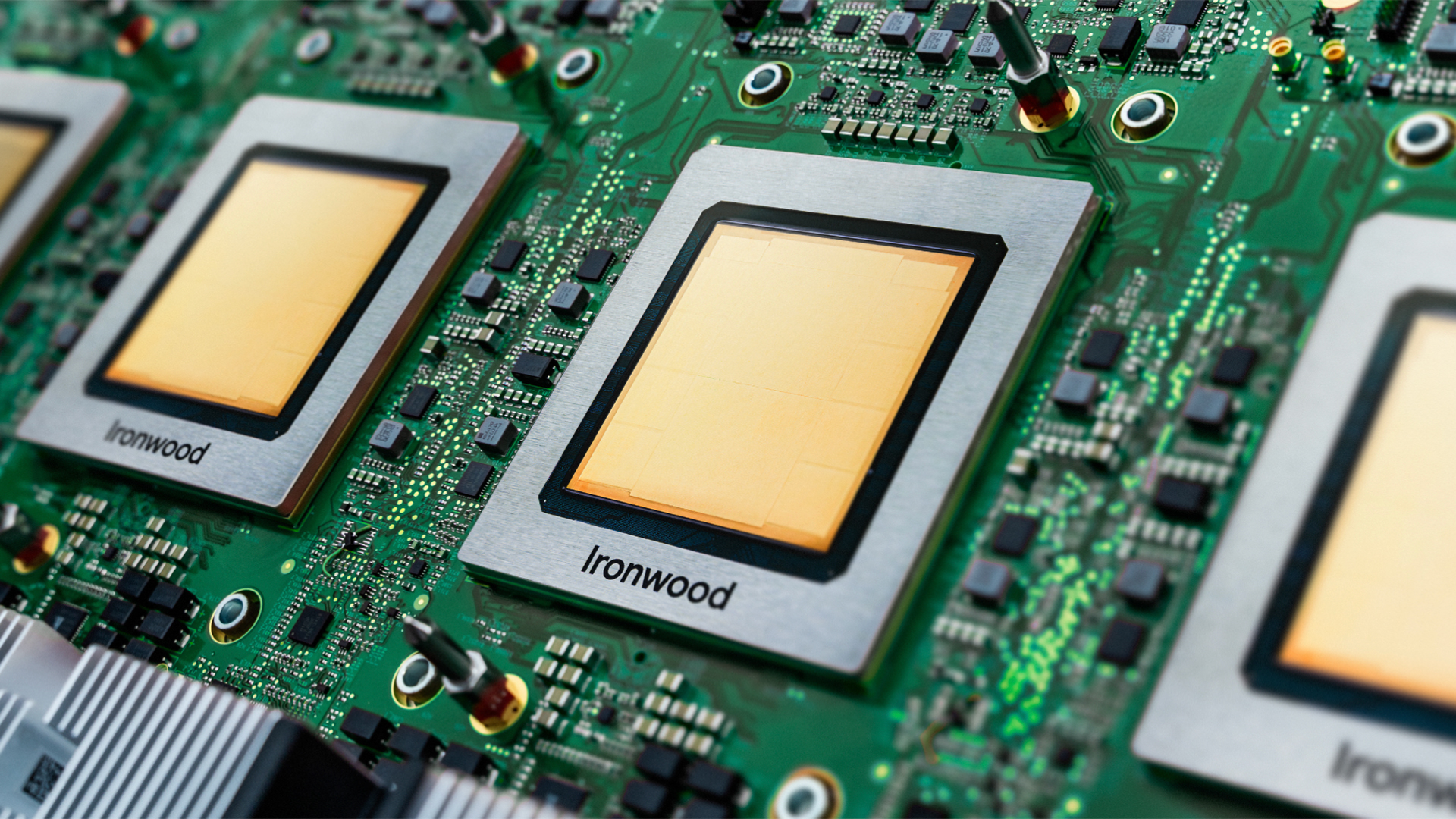
Google deploys new Axion CPUs and seventh-gen Ironwood TPU
By Anton Shilov Last updated
-

US govt committee slams Nvidia over shared campus with banned Huawei affiliate
By Jowi Morales Published
-
 Premium
PremiumNvidia wants China's market share to secure the future of CUDA in the region
By Jon Martindale Published
-

OpenAI walks back statement it wants a government 'backstop' for its massive loans
By Jon Martindale Published
-

Legendary Windows Pinball developer rescues 200lb magnetic disc drive from the 1980s
By Ben Stockton Published
-

Nvidia CEO Jensen Huang says China is going to win the AI race
By Jowi Morales Published
-

Crypto fraud and laundering ring that stole $689 million busted by European authorities
By Bruno Ferreira Published
-
Explore Tech Industry
Artificial Intelligence
-
-

Google deploys new Axion CPUs and seventh-gen Ironwood TPU
By Anton Shilov Last updated
-

Nvidia CEO Jensen Huang says China is going to win the AI race
By Jowi Morales Published
-

Google exploring putting AI data centers in space
By Jowi Morales Published
-

America's finance chief Bessent says China can have Blackwell chips once they're outdated
By Hassam Nasir Published
-
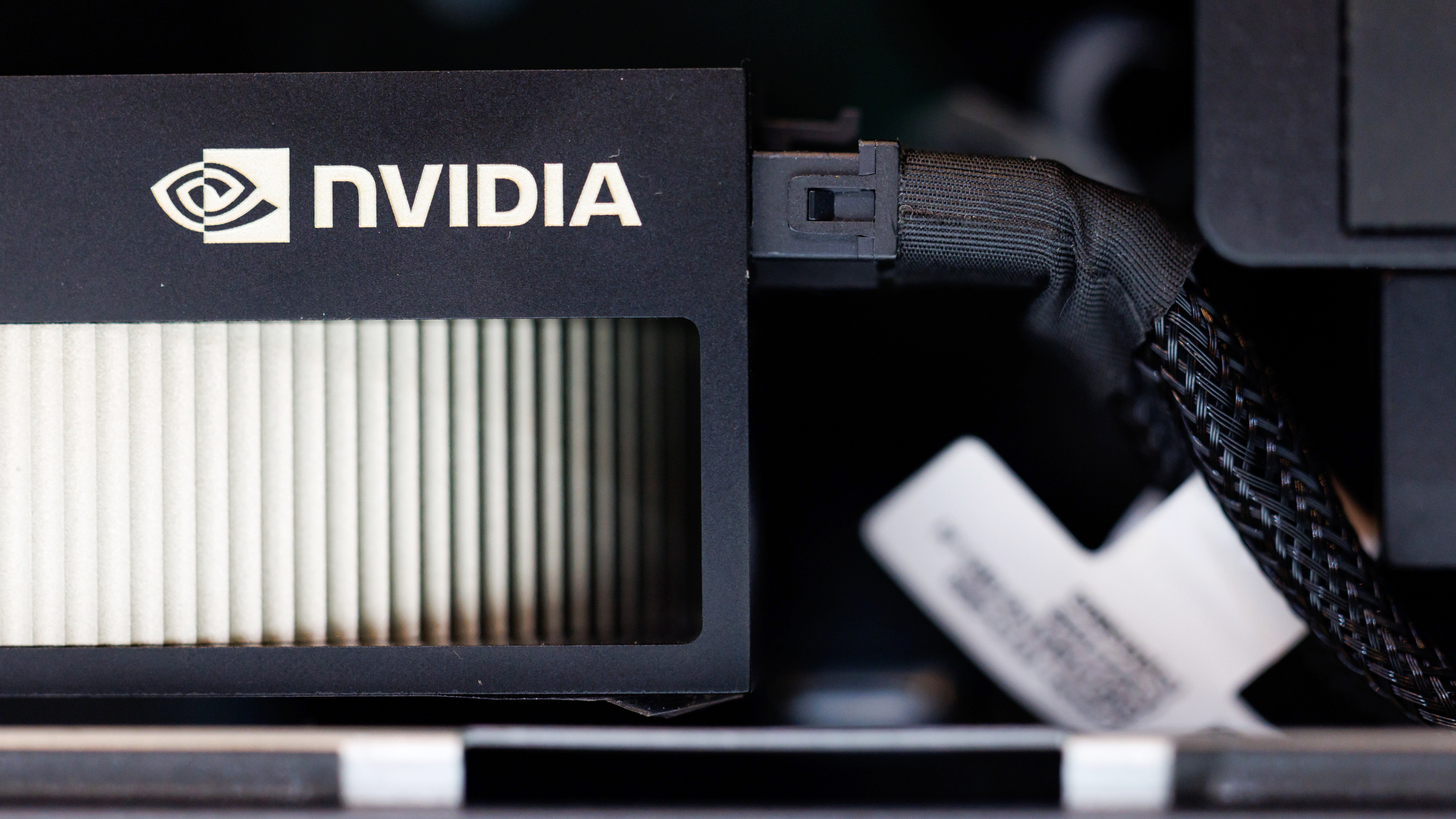
2008 financial crisis prophet bets against the AI bubble with potential $1 billion payout
By Mark Tyson Published
-

Trump says no Blackwell chips to be sold to China
By Hassam Nasir Published
-
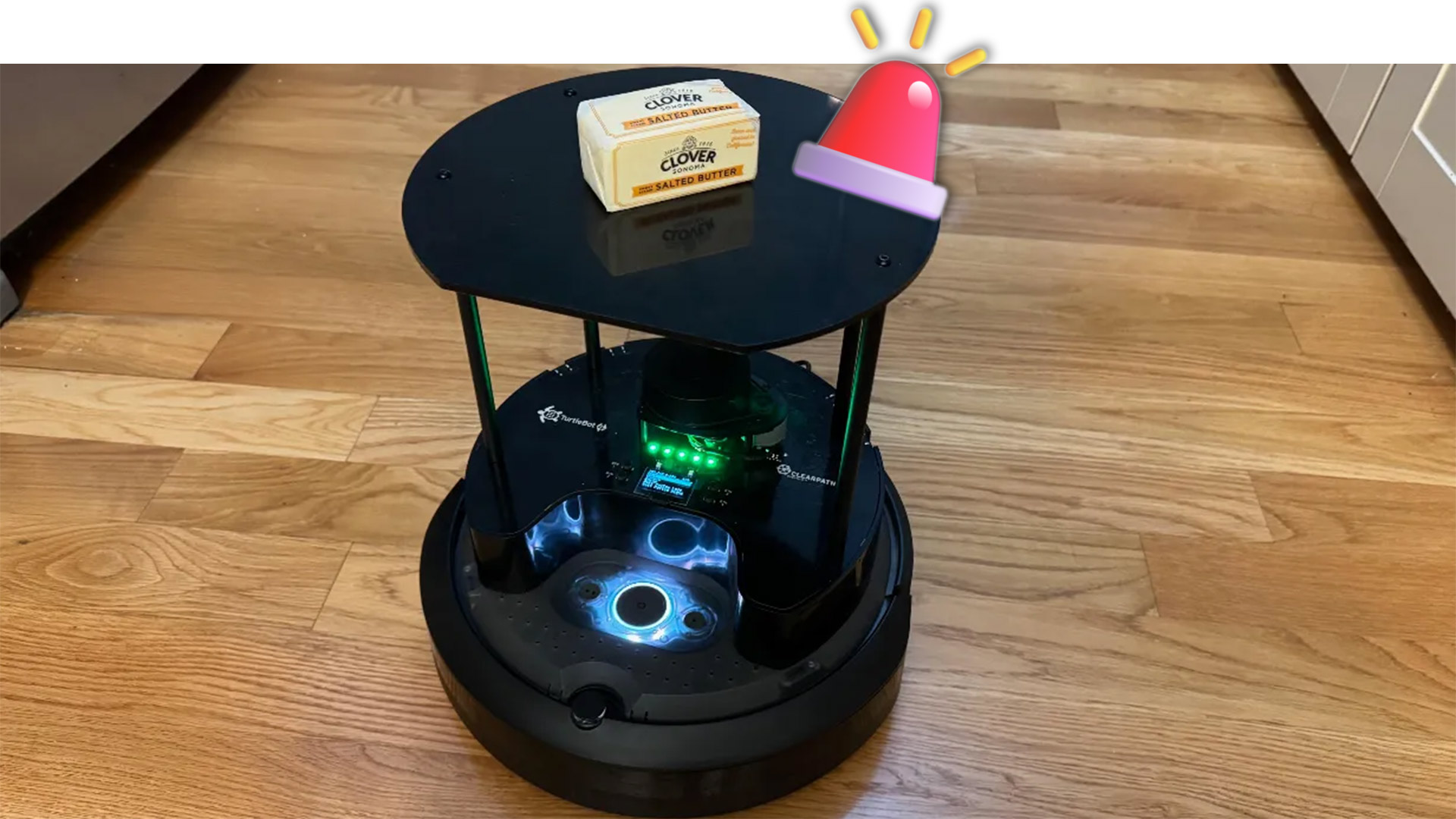
Stressed-out AI-powered robot vacuum cleaner goes into meltdown during simple butter delivery experiment
By Mark Tyson Published
-

PewDiePie goes all-in on self-hosting AI using modded GPUs, with plans to build his own model soon
By Hassam Nasir Published
-

Elon Musk alleges Sam Altman 'stole a non-profit' as AI bros spat over cancelled Tesla Roadster order
By Hassam Nasir Published
-
Big Tech
-
-

Chinese provinces offer steep power discounts to AI companies using China-made chips
By Bruno Ferreira Published
-

Manufacturer issues remote kill command to nuke smart vacuum after engineer blocks it from collecting data
By Jowi Morales Published
-

Windows 11 videos demoing account and hardware requirements bypass purged from YouTube creator's channel
By Jowi Morales Published
-

AWS outage post-mortem fingers DNS as the culprit that took out a chunk of the internet and services for days
By Bruno Ferreira Published
-
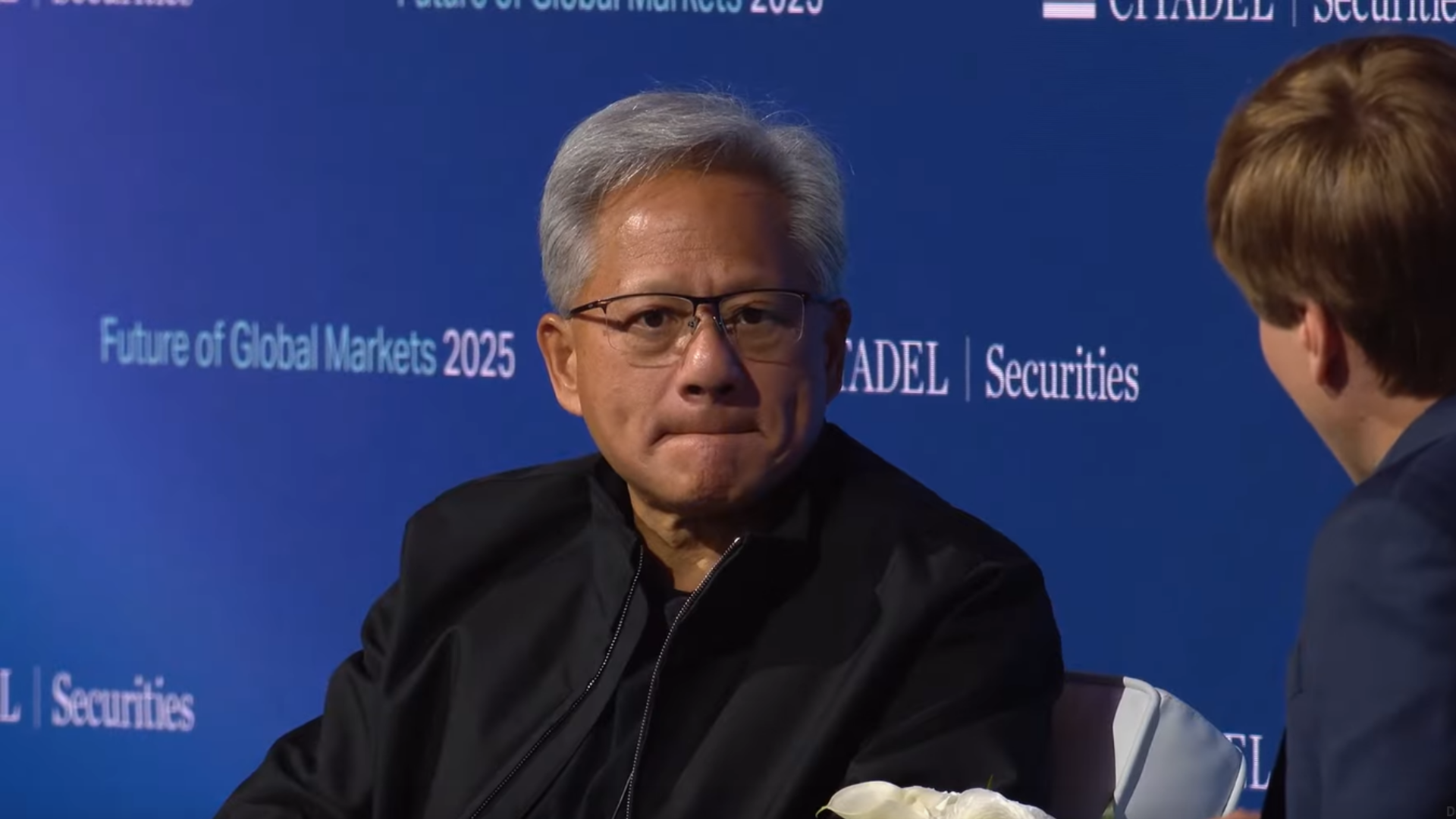
Palantir chief takes a jab at Nvidia CEO Jensen Huang, says people decrying ‘China hawks’ are useful idiots
By Jowi Morales Published
-

Adata chairman says AI datacenters are gobbling up hard drives, SSDs, and DRAM alike
By Bruno Ferreira Published
-

Nvidia 800 VDC power rollout for 1 megawatt server racks to be supported by ABB
By Bruno Ferreira Published
-

Michigan township sued by AI data center builder and disgruntled residents over opposition to the site
By Bruno Ferreira Published
-
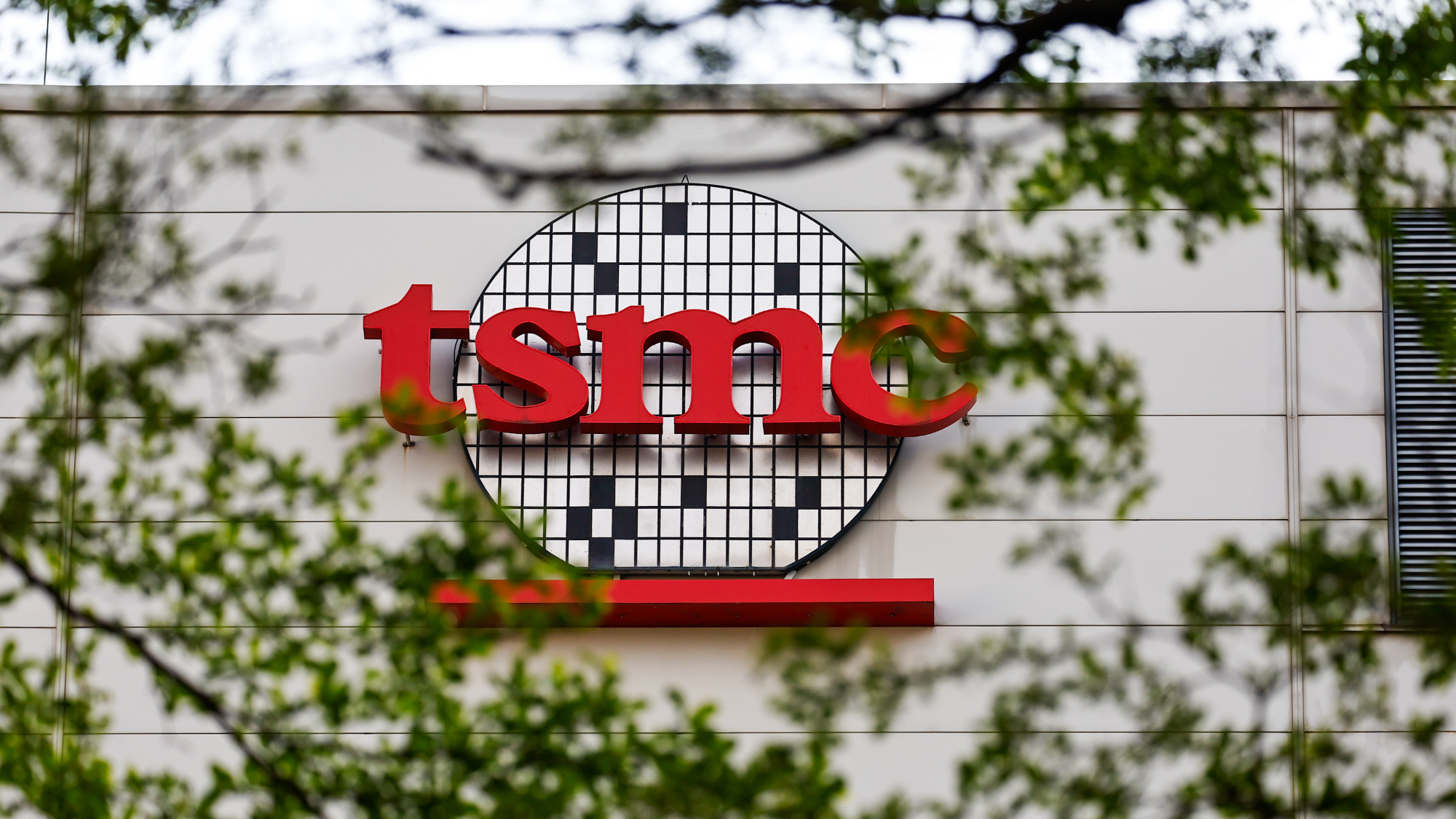
TSMC says Intel didn’t ask for investments — denies existence of talks for partnership, joint venture
By Jowi Morales Published
-
Cryptocurrency
-
-

Crypto fraud and laundering ring that stole $689 million busted by European authorities
By Bruno Ferreira Published
-

Chinese and British authorities are determining how to return 61,000 stolen Bitcoins worth $6.7 billion
By Jowi Morales Published
-

New stablecoin connects crypto investors to real-world Nvidia AI GPUs that earn money by renting out compute power to AI devs
By Jowi Morales Published
-

PayPal crypto partner accidentally mints stablecoins worth double the world’s total GDP
By Mark Tyson Published
-

DoJ seizes $15 billion in Bitcoin from Cambodian fraudster who ran 'pig butchering' scam using forced labor
By Mark Tyson Published
-

Bitcoin rockets to all-time high of over $125,000
By Jowi Morales Last updated
-

Thailand’s $15B TouristDigiPay scheme will let visitors convert crypto to Baht
By Hassam Nasir Published
-
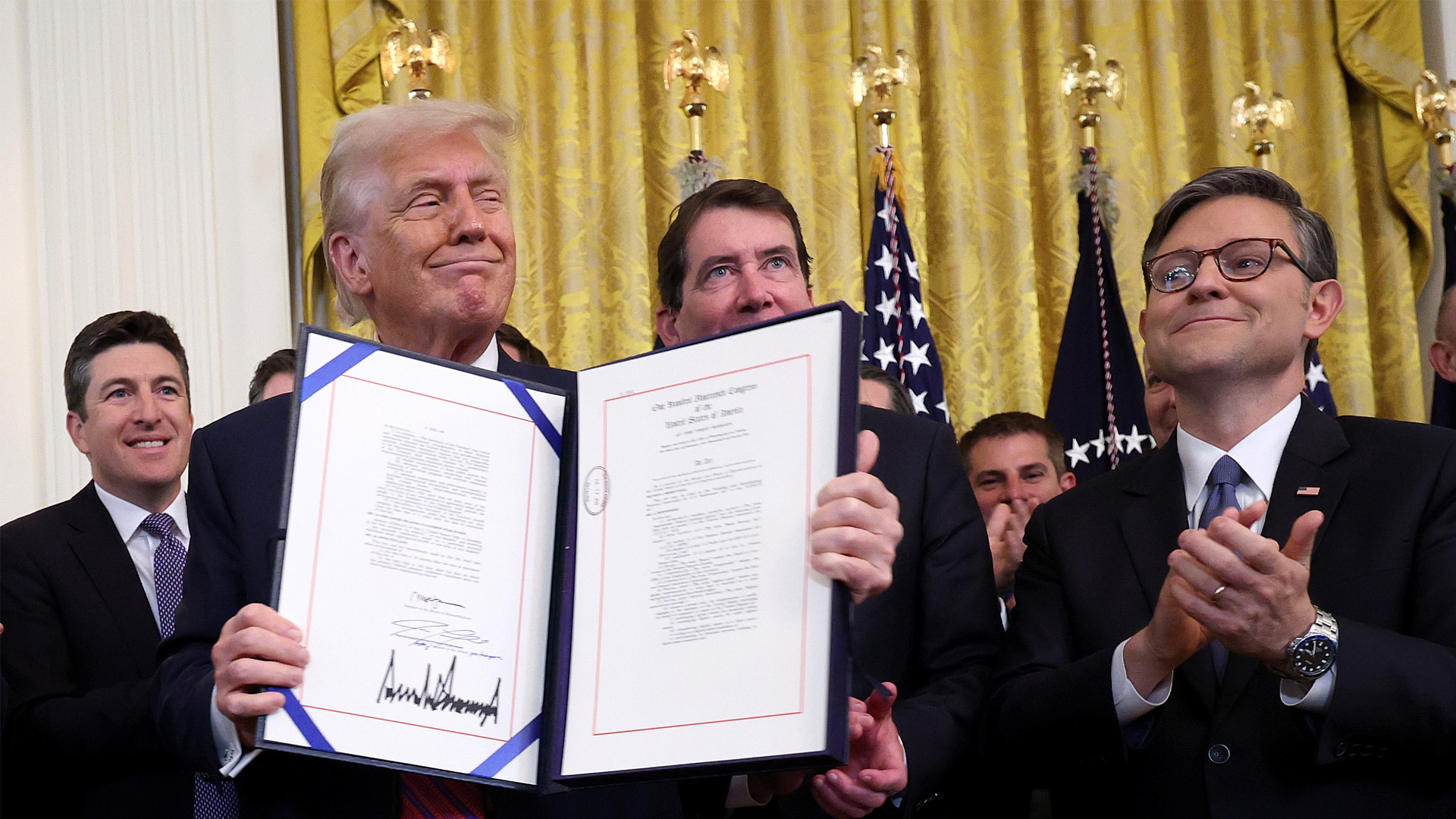
Stablecoins gain critical mass after GENIUS Act cements rules
By Jon Martindale Published
-

$3.5 billion Bitcoin hack from 2020 dwarfs Mt. Gox in value, is worth $14.5 billion today
By Aaron Klotz Published
-
Cybersecurity
-
-

Louvre heist reveals museum used ‘LOUVRE’ as password for its video surveillance, still has workstations with Windows 2000
By Jowi Morales Published
-

37 years ago this week, the Morris worm infected 10% of the Internet within 24 hours
By Mark Tyson Last updated
-

Cyber firm warns that hackers are teaming up with crime rings to hijack cargo
By Luke James Published
-
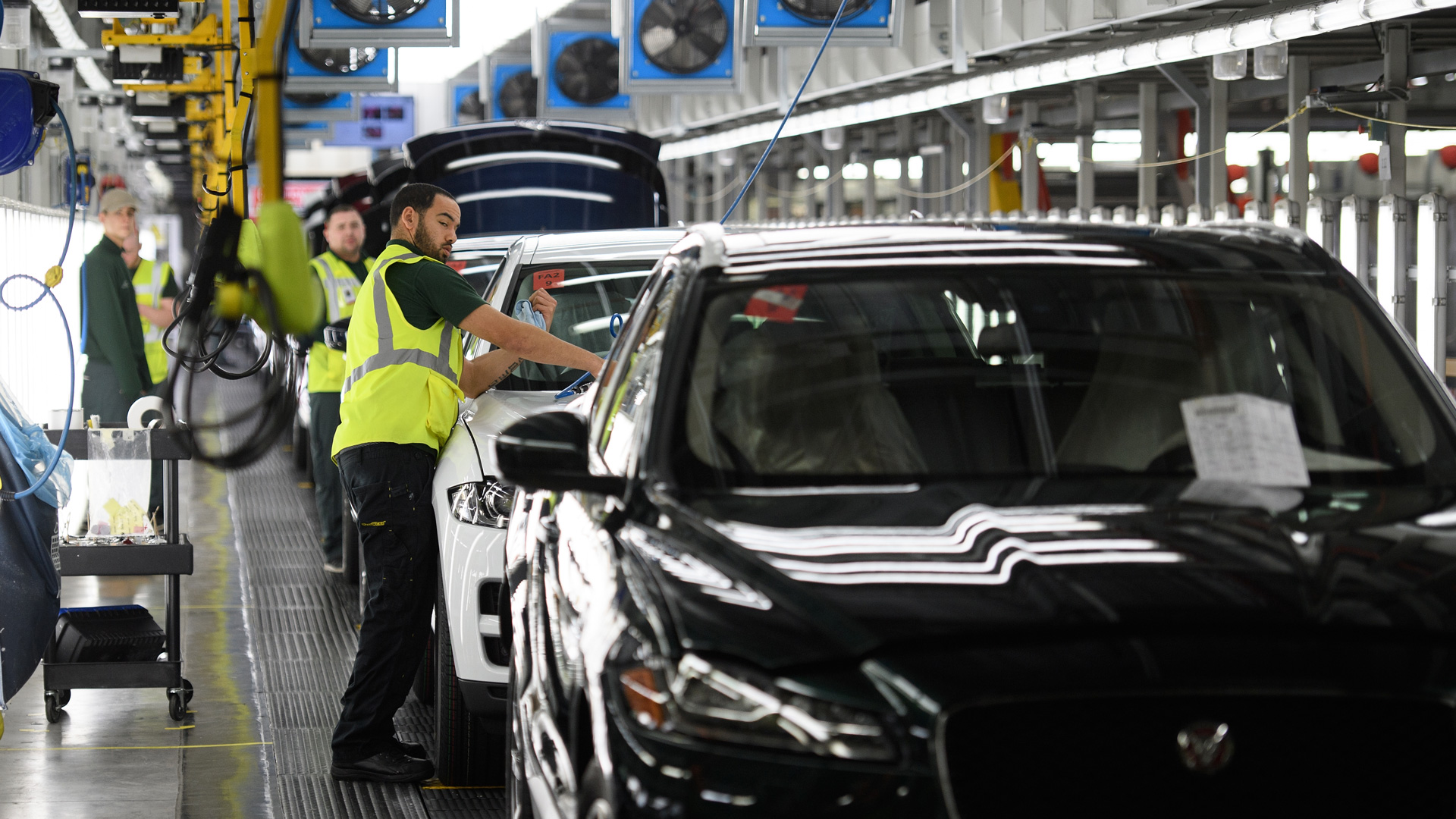
Catastrophic Jaguar Land Rover cyberattack to cost UK economy $2.5 billion
By Jon Martindale Published
-
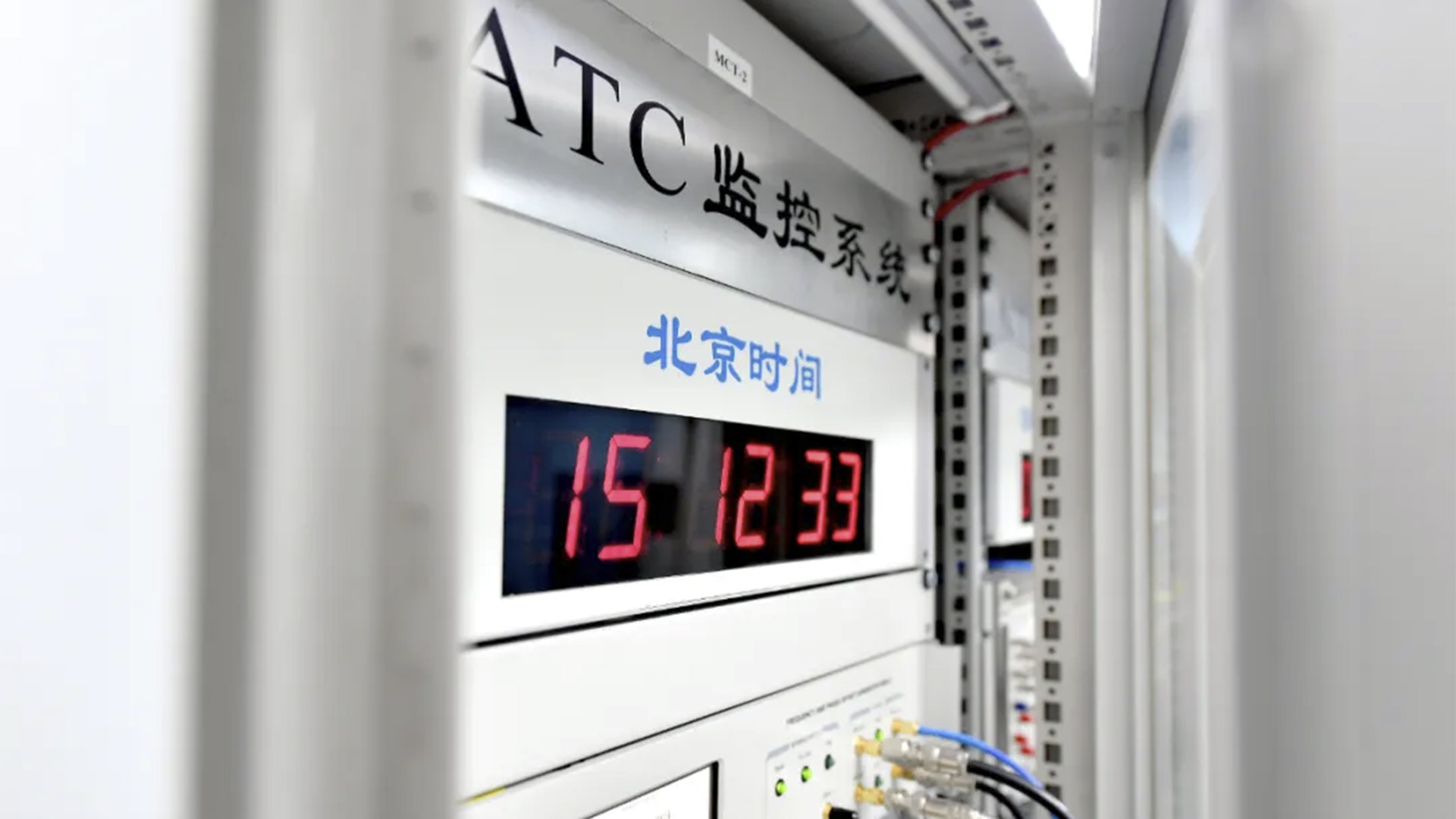
China says it has foiled a series U.S. cyberattacks on its critical infrastructure
By Mark Tyson Published
-

North Korean state-sponsored hackers slip unremovable malware inside blockchain to steal cryptocurrency
By Luke James Last updated
-

Chinese victims of convicted 'Bitcoin Queen' may have trouble getting their $7.3 billion back from UK government
By Sunny Grimm Published
-
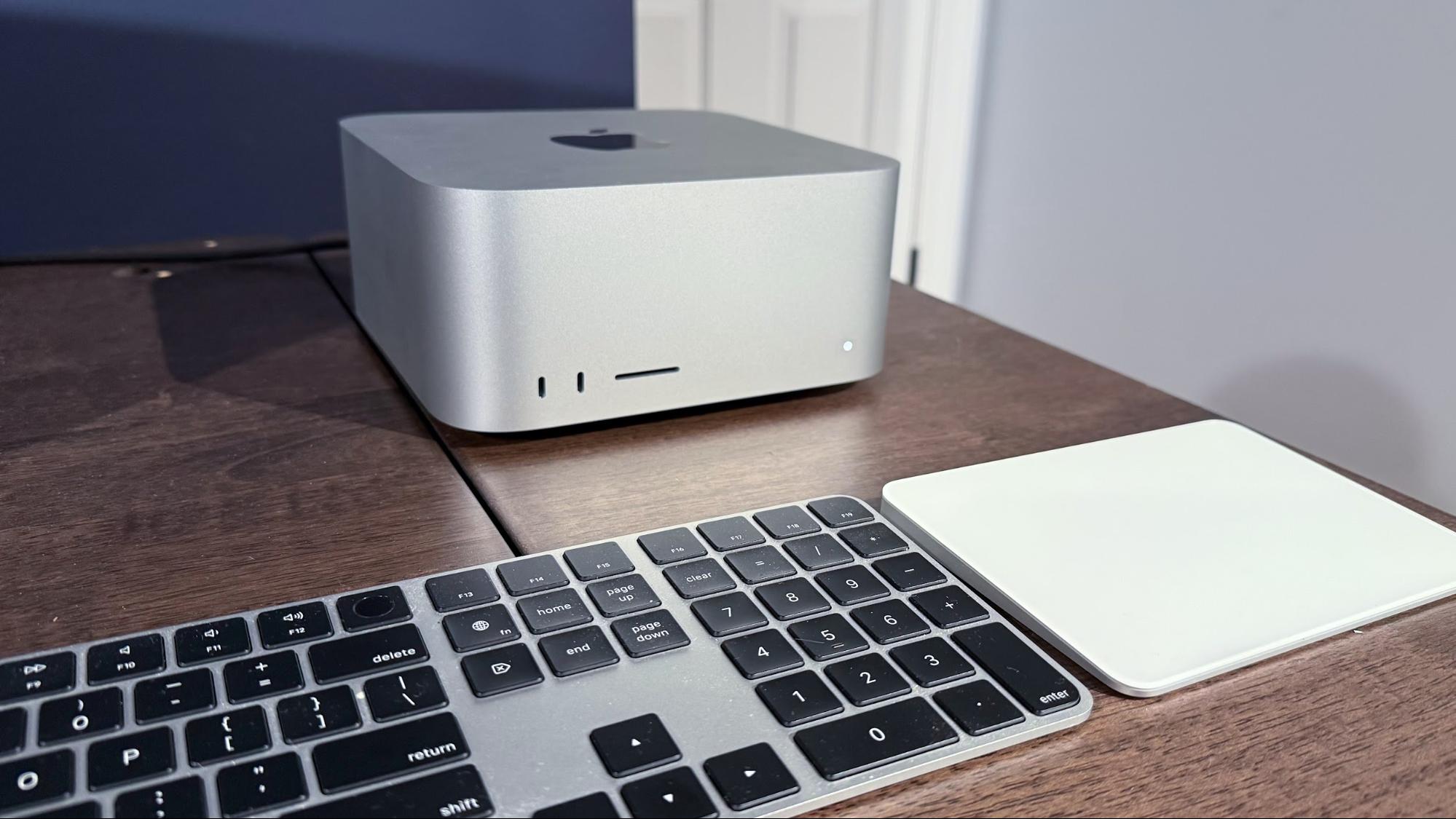
Apple doubles security bounty to $2 million
By Jowi Morales Published
-

Nintendo allegedly hacked by Crimson Collective hacking group
By Jowi Morales Published
-
Manufacturing
-
-

China bans foreign AI chips from state-funded data centers, report claims
By Luke James Published
-

New non-invasive 3D imaging of semiconductors could 'save chip foundries billions of dollars'
By Mark Tyson Published
-

Elon Musk's SpaceX to launch reusable "fabships" for orbital chip manufacturing experiments
By Zak Killian Published
-

AMD hit with lawsuit over hybrid bonding tech behind potent 3D V-Cache
By Luke James Published
-

China tweets satellite photos of Taiwan's critical Hsinchu chip hub in pressure-ratcheting political stunt
By Luke James Published
-

Researchers create superconducting germanium semiconductor material using standard chip-making techniques
By Luke James Published
-

Nexperia allowed to resume exports from China following Trump-Xi talks
By Jowi Morales Published
-

American startup Substrate promises 2nm-class chipmaking with particle accelerators, at a tenth of the cost of EUV
By Anton Shilov Published
-

Police bust chip counterfeiting outfit in China, fakes may have made it into PC hardware
By Luke James Published
-
Quantum Computing
-
-

IBM's boffins run a nifty quantum error-correction algorithm on conventional AMD FPGAs
By Bruno Ferreira Published
-

Trump administration to follow up Intel stake with investment in quantum computing, report claims
By Anton Shilov Published
-

Google's Quantum Echo algorithm shows world's first practical application of Quantum Computing — Willow 105-qubit chip runs algorithm 13,000x faster than a supercomputer
By Bruno Ferreira Published
-
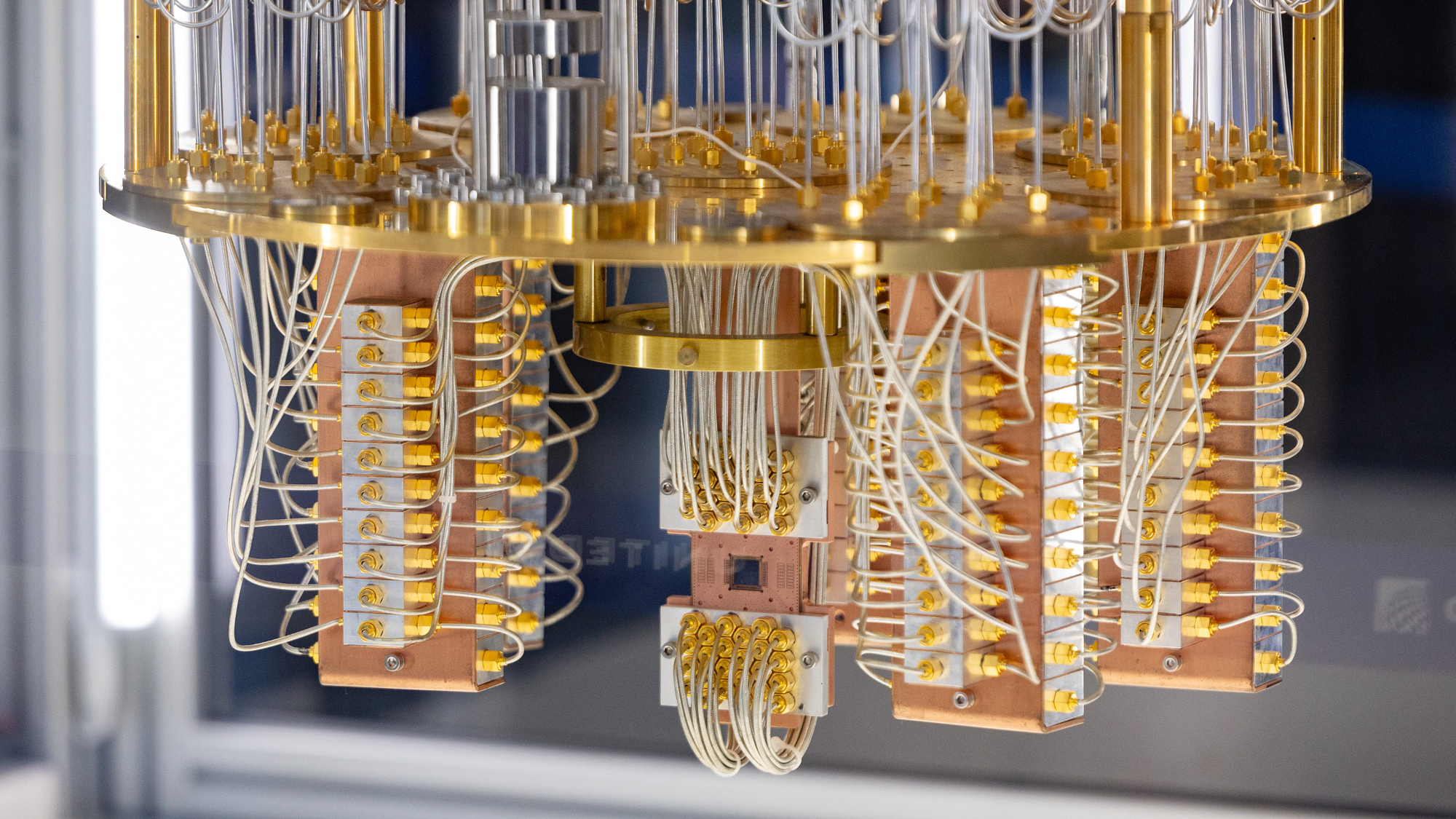
Harvard researchers hail quantum computing breakthrough with a machine that can run for two hours
By Jowi Morales Published
-

Quantum internet is possible using standard Internet protocol
By Sunny Grimm Published
-
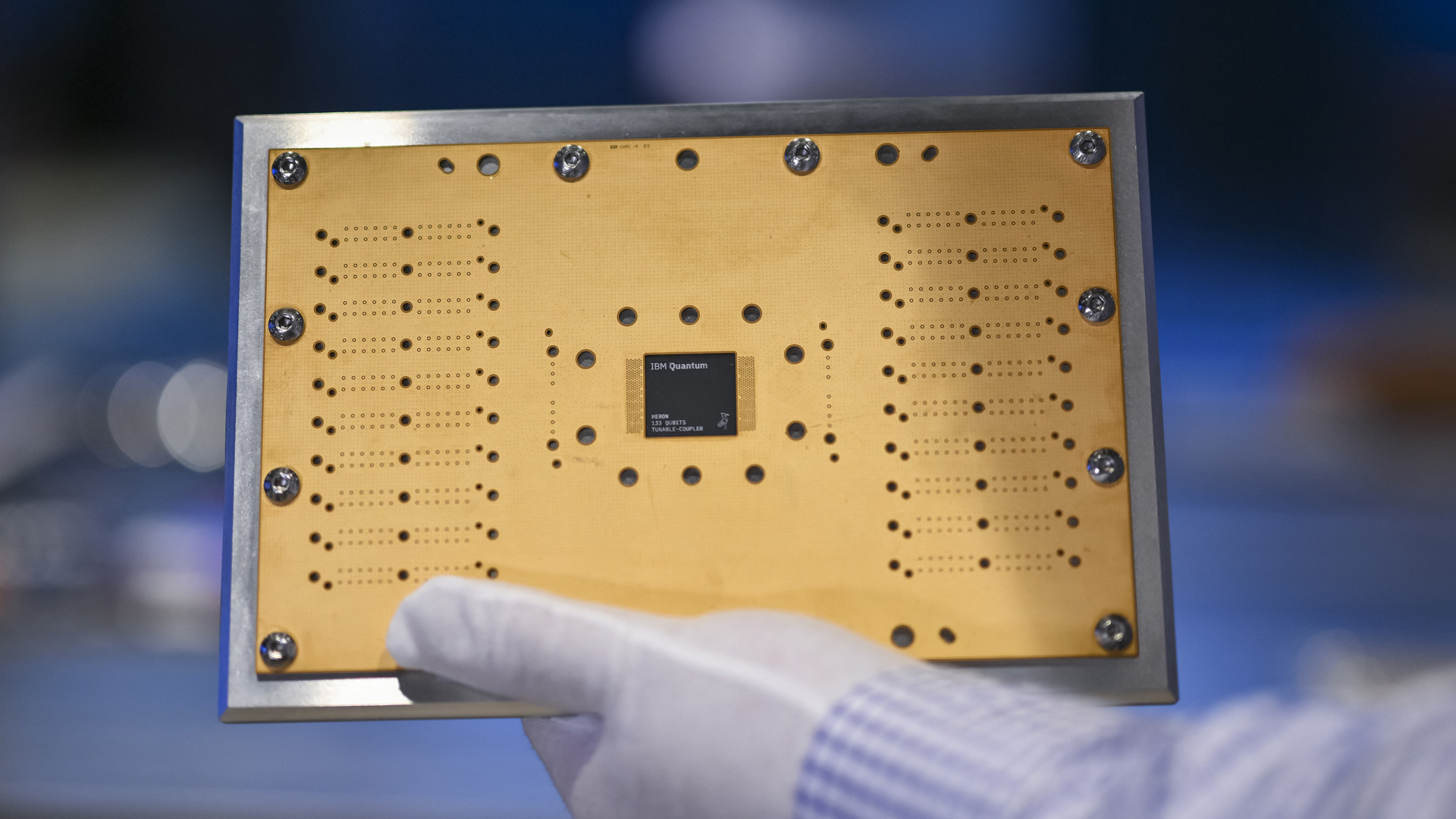
Quantum machine learning unlocks new efficient chip design pipeline
By Jon Martindale Published
-
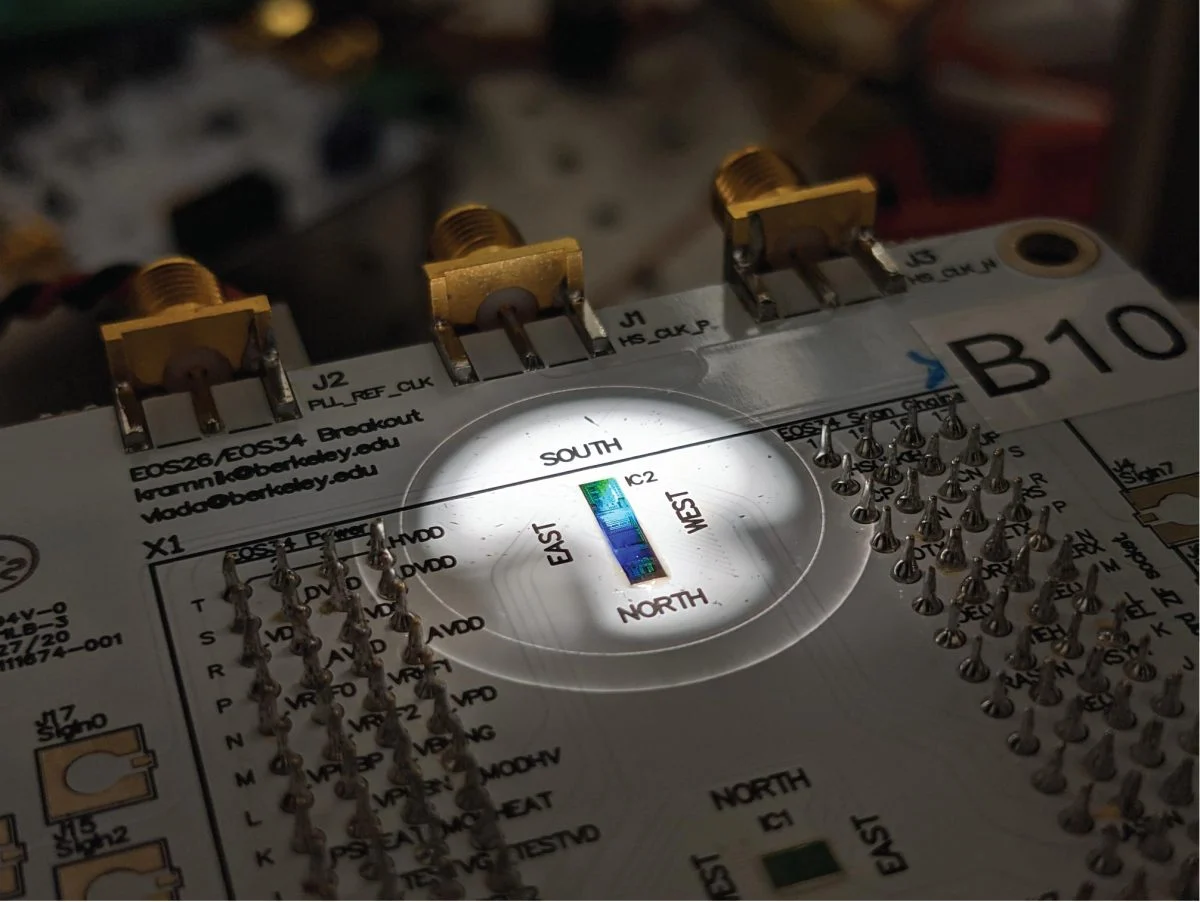
The world's first hybrid chip combining photonics and electronics with quantum computing is here, and it's built like a normal silicon SoC
By Hassam Nasir Published
-

IBM is building a large-scale quantum computer that 'would require the memory of more than a quindecillion of the world's most powerful supercomputers' to simulate
By Mark Tyson Published
-

Nvidia in talks to invest in PsiQuantum
By Ash Hill Published
-
Supercomputers
-
-

Nvidia to build seven AI supercomputers for the U.S. gov't with over 100,000 Blackwell GPUs
By Anton Shilov Published
-

Nvidia unveils Vera Rubin supercomputers for Los Alamos National Laboratory
By Anton Shilov Published
-

U.S. Department of Energy and AMD cut a $1 billion deal for two AI supercomputers
By Bruno Ferreira Published
-

China's supercomputer breakthrough uses 37 million processor cores to model complex quantum chemistry at molecular scale
By Anton Shilov Last updated
-
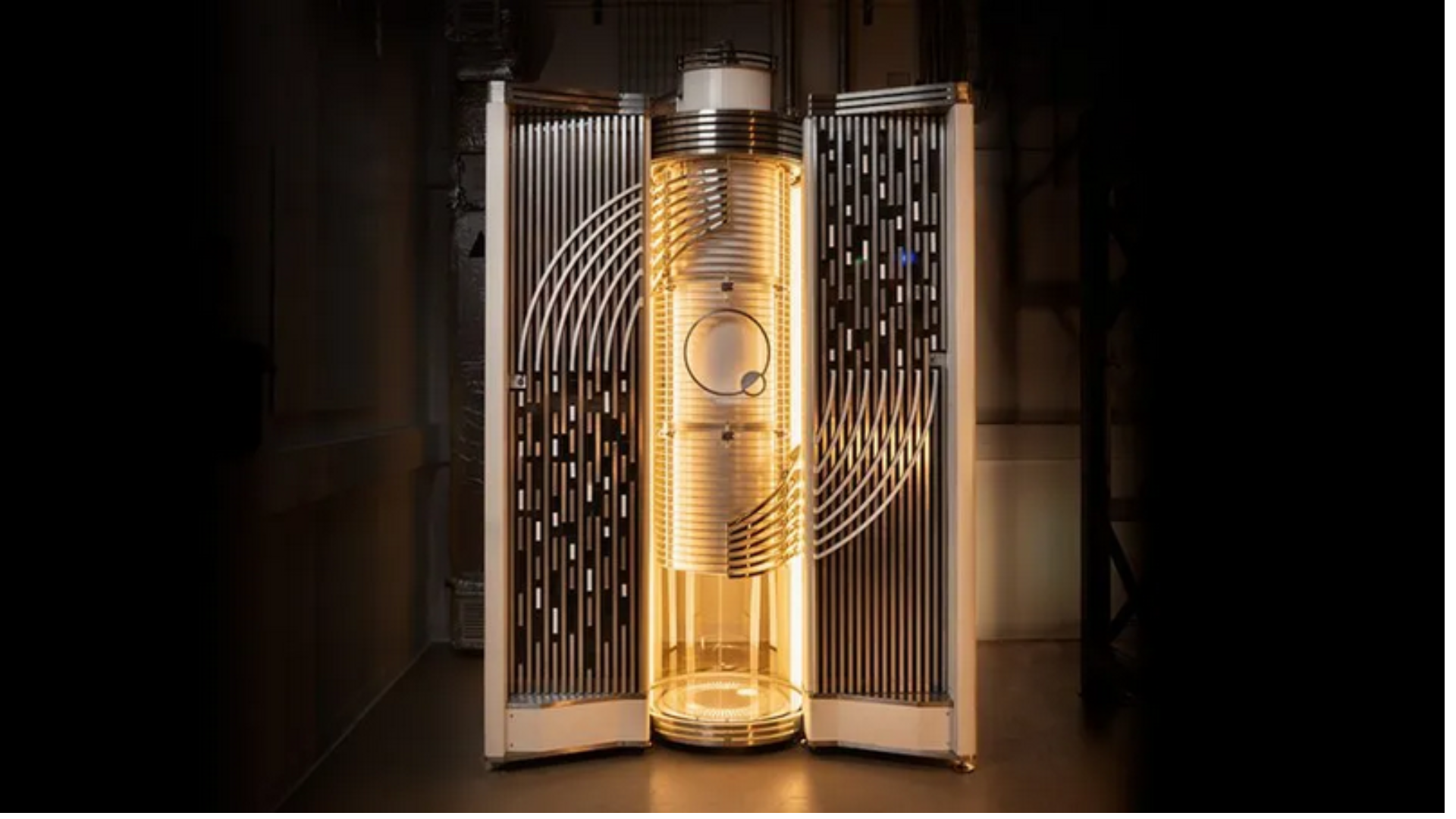
Start-up hails world's first quantum computer made from standard silicon
By Luke James Published
-

Nvidia GPUs and Fujitsu Arm CPUs will power Japan's next $750M zetta-scale supercomputer
By Hassam Nasir Published
-

AMD's massive GPU VRAM on its Instinct cards has broken Linux's hibernation feature
By Hassam Nasir Published
-

AMD supercomputers take gold and silver in latest Top500 as Chinese HPC remains shrouded in secrecy
By Anton Shilov Published
-

'Brain-inspired' supercomputer with no GPUs or storage switched on
By Aaron Klotz Published
-
Superconductors
-
-

New 3D printing process could improve superconductors
By Ash Hill Published
-
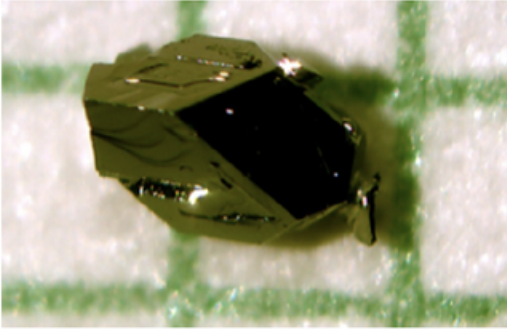
New research shows naturally occurring mineral is an 'unconventional superconductor' when purified
By Christopher Harper Published
-

New research reignites the possibility of LK-99 room-temperature superconductivity
By Francisco Pires Published
-
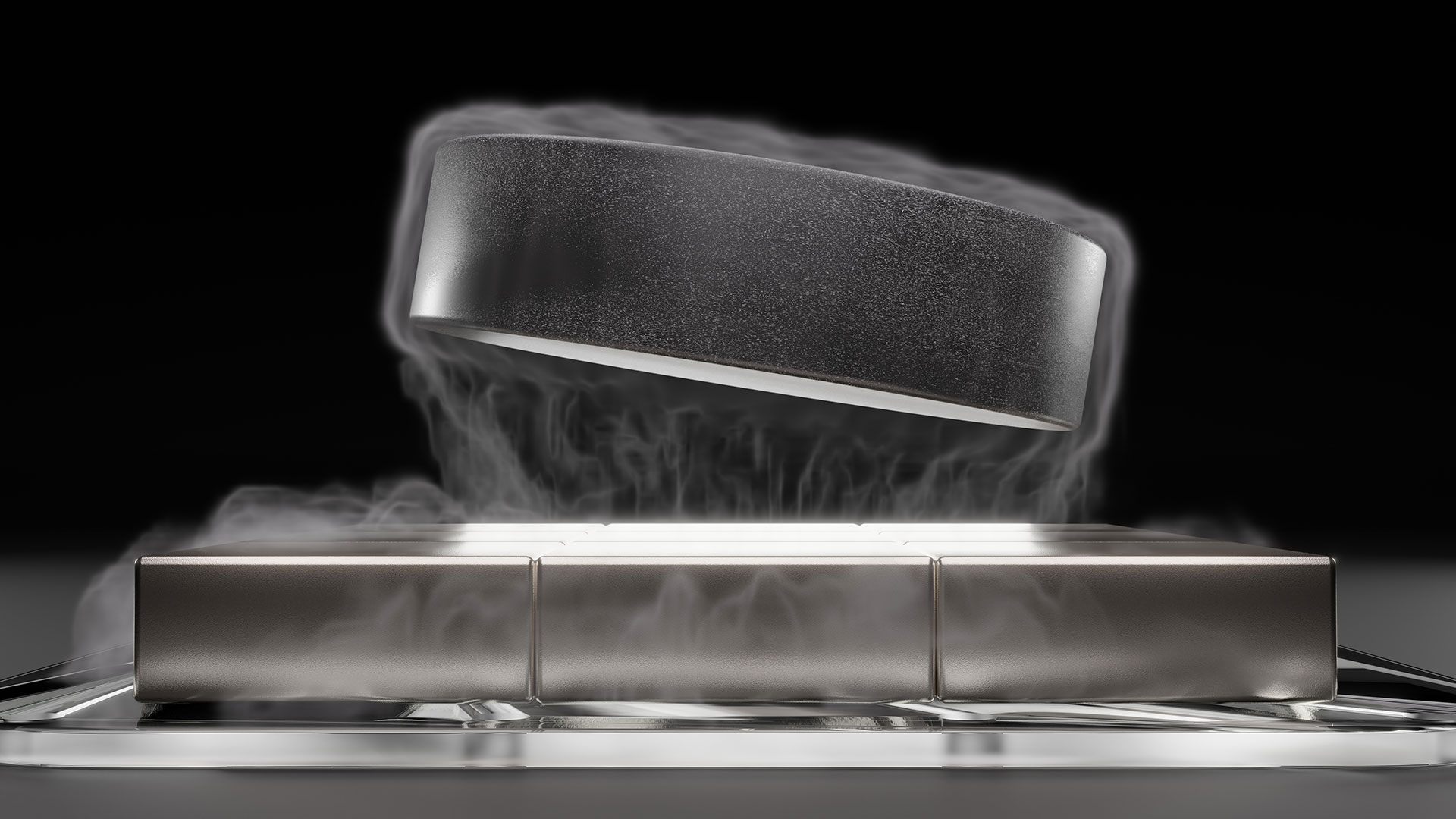
U.S. Govt and researchers seemingly discover new type of superconductivity in an exotic, crystal-like material
By Francisco Pires Published
-
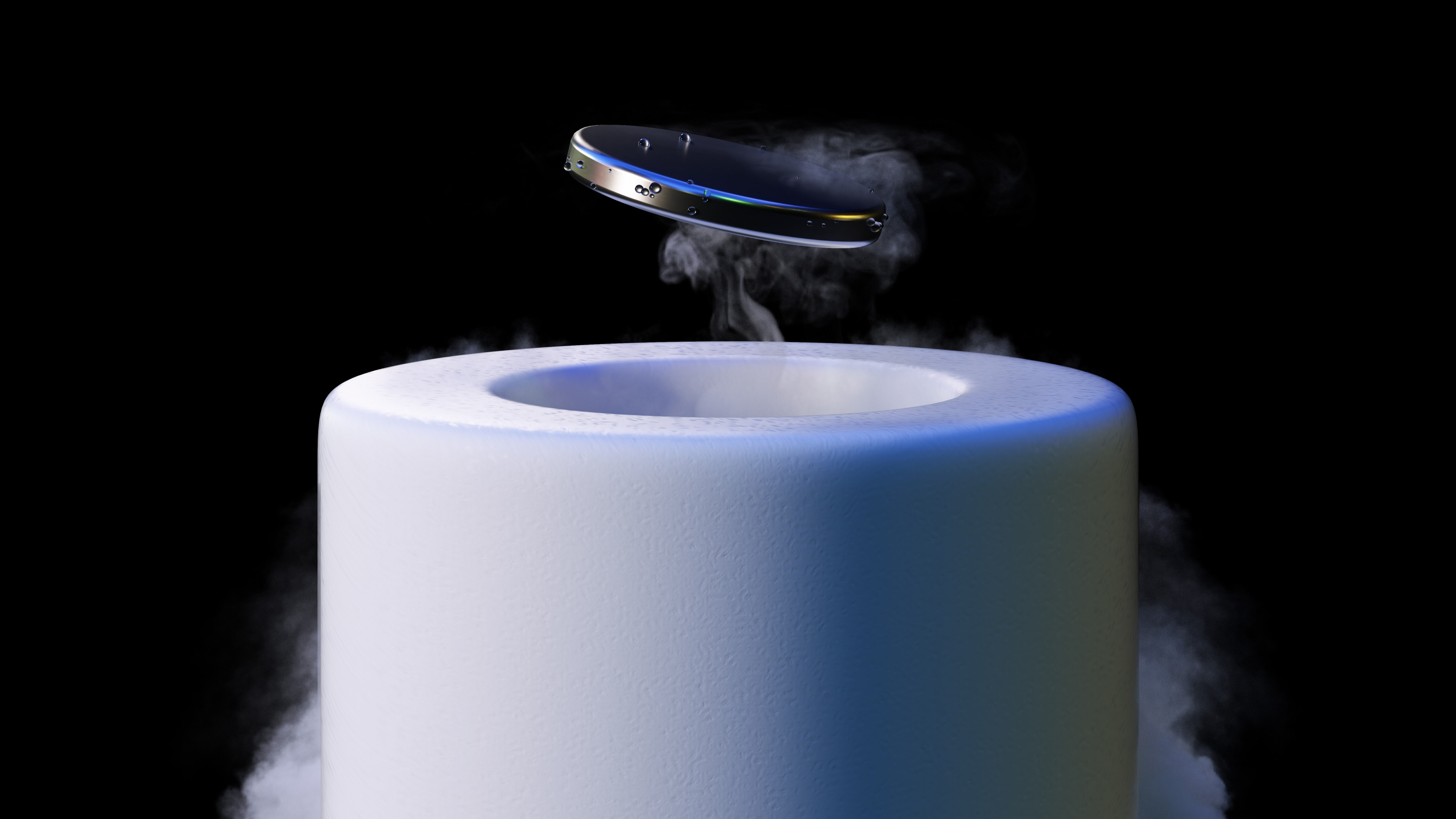
Nature Retracts Controversial Room Temperature Superconductor Paper (But Not LK-99)
By Francisco Pires Published
-

What is a Superconductor?
By Francisco Pires Published
-

MIT's Superconducting Qubit Breakthrough Boosts Quantum Performance
By Francisco Pires Published
-

LK-99 Research Continues, Paper Says Superconductivity Could be Possible
By Francisco Pires Published
-

Is LK-99 a Superconductor After All? New Research and Updated Patent Say So
By Francisco Pires Published
-
More about Tech Industry
-
-

Crypto fraud and laundering ring that stole $689 million busted by European authorities
By Bruno Ferreira Published
-

Louvre heist reveals museum used ‘LOUVRE’ as password for its video surveillance, still has workstations with Windows 2000
By Jowi Morales Published
-
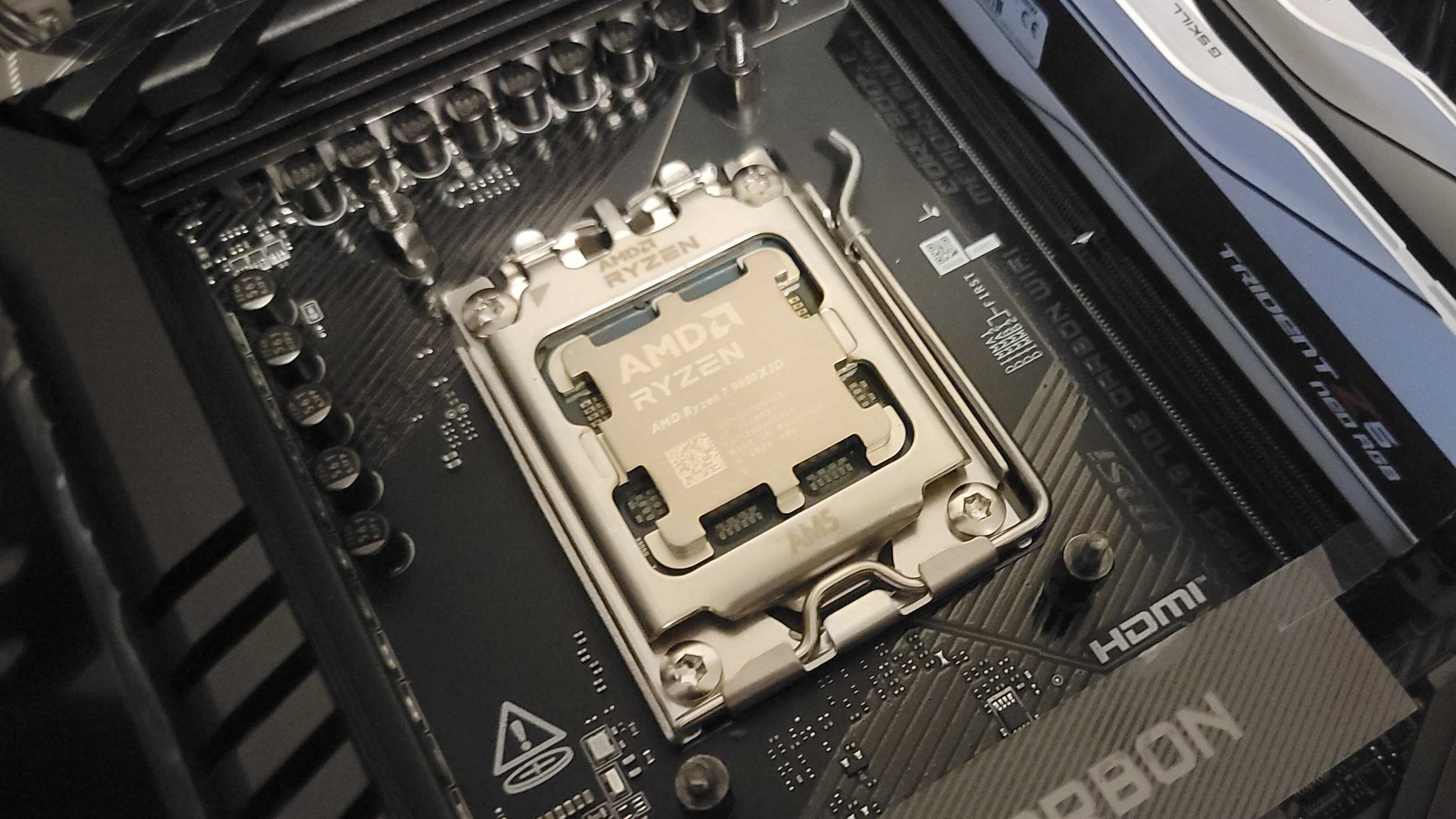
Ryzen 7 9800X3D sales help AMD hit record-breaking $2.8 billion in client revenue for Q3 2025
By Aaron Klotz Published
-